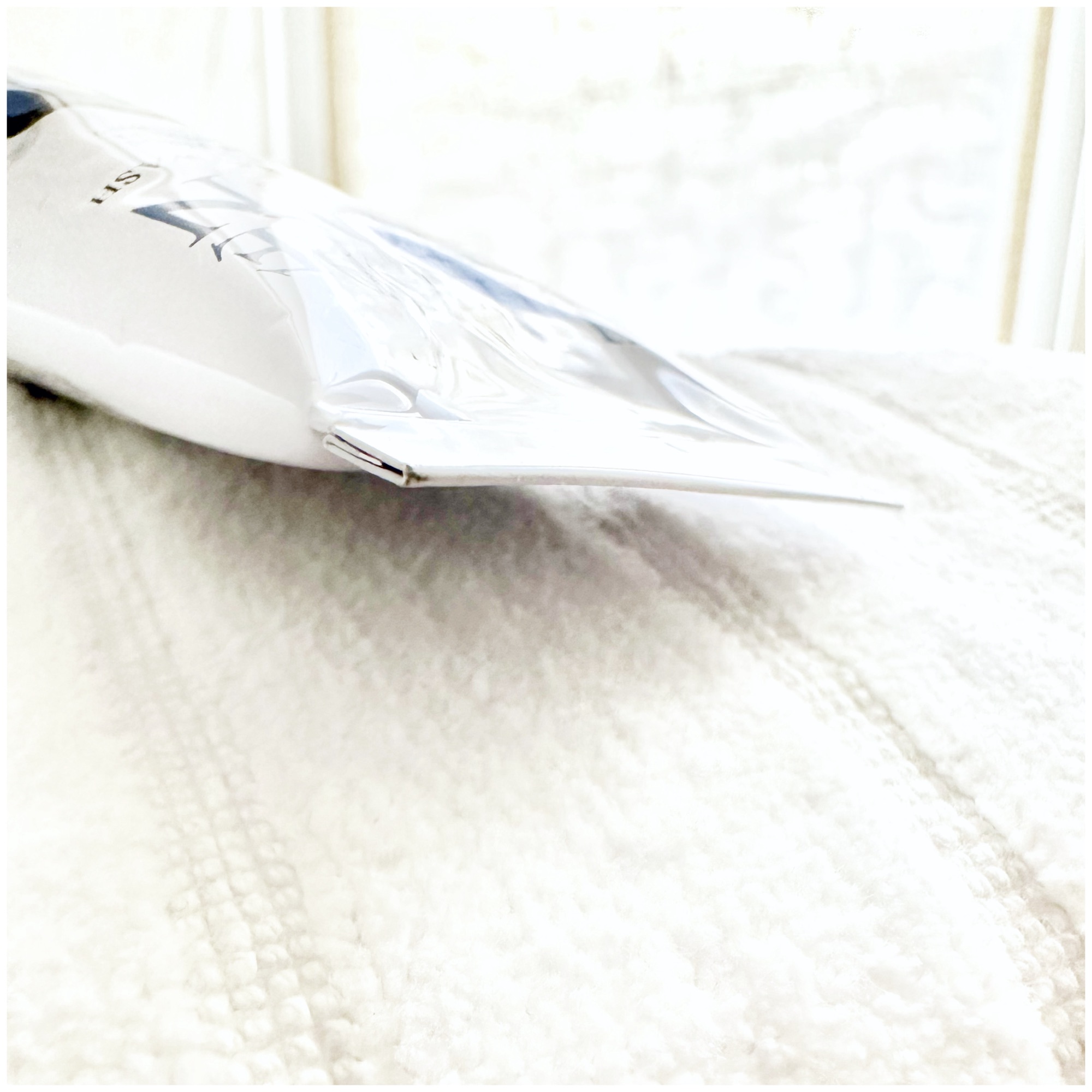Not An Allergen
Rabbits, Bunnies
Bunnies can get skin diseases and some people can be allergic to rabbits’ saliva, which is transferred onto fur during grooming, or to their dander (dead skin cells naturally shed by Fluffy). This is an IgE-mediated allergy, however, and isn’t the same as a contact allergy (which is T-cell mediated). Because the modalities of these allergies are so different, pet allergens are not normally common skin contact allergens.
Pet and skin allergies tend to not be the same
Food and pet allergies function differently (type B cells and antibodies are involved) from skin allergies (type T cells are involved and antibodies aren’t). A prick, scratch, or blood test tells you if you are allergic to your rabbit’s saliva, dander, or other allergens and a skin patch test tells you if you can come into contact with (if you can touch) rabbits. But prick tests can be imperfect, and epicutaneous patch tests can sometimes miss protein dermatitis. If your prick test shows a sensitivity to rabbit allergens, ask your allergist before handling them…and before ruling them out.
Your reactions might not be from your rabbit
If you are reacting to Hopper, it might be due to what your rabbit comes into contact with (or from hay or dust mites) more than them themselves. A pet allergy is usually determined with a prick or scratch allergy done by an allergist. A skin or contact allergy is determined with a patch test applied topically on your back by a dermatologist.
If you haven’t prick tested positive for rabbits but have a history of sensitive skin, keep problems away by avoiding top contact allergens (like fragrance, dyes, and preservatives) in things like pet shampoos or deodorants, carpet sprays and cleaners, insecticides, what you use to wash your hands, or even laundry product residue on your clothing or linens. Rabbits are meticulously clean and do not need bathing so you shouldn’t be using shampoos on them anyway (and certainly not anything with your contact allergens).
But bunnies can affect your skin
While pet and skin allergies are usually unrelated, rabbits can sometimes carry zoonotic (can be transferred to humans) microbes such as Cheyletiella parasitovorax, a non-burrowing skin mite that can cause some skin problems. Some other zoonotic microbes include ringworm, external parasites, pasteurellosis, cryptosporidiosis, mycobacteriosis, and Pasteurella multocida. Note that Jumper herself may not exhibit signs of sickness and still be infected, and that transmission can occur from direct skin-to-skin handling, bites, or scratches. It’s also good to note that these microbes are unlikely in rabbits bred in and sold from reputable sources, kept inside, and cared for well.
People who are pregnant, have an immunodeficiency, or suffer from chronic illness may be at higher risk so take care when selecting the source of your new animal companion, do bring your rabbit in for well-pet checkups, and ask your doctor about the potential risks to you in particular.
Other great tips to avoid diseases from Flopsy can be found on the CDC website.
Should I consider bunnies as pets?
Keeping bunnies as pets first became more commonplace in North America and Europe in the late 1800s. Rabbits as indoor pets became increasingly popular in the late 20th century, with a surge during the pandemic leading to rabbits becoming the third most popular pet behind dogs and cats in the UK, with even more of an uptick in the year of the rabbit in China. Unfortunately, the surges during the pandemic — searches for ‘rabbits for sale’ on Google more than doubled from 23,000 (April 2019) to 40,000 (April 2020) — also seem to be followed with an increase in abandoned or neglected rabbits, or requests for their rehoming. So while rabbits can be great pets, do some research into what pet ownership really entails.
Bunnies can be excellent house pets (some states and countries do have restrictions about owning or selling them, however, so do check). They are affectionate, sociable, playful, generally clean, and can even be litter trained. But they require some specialized housing and care and can live 5 to 15 years — they are a commitment. Get more information from the American Veterinary Medical Association or similar sources in your country.
Subscribe to VMVinSKIN.com and our YouTube channel for more hypoallergenic tips and helpful “skinformation”!
If you have a history of sensitive skin…
…don’t guess! Random trial and error can cause more damage. Ask your dermatologist about a patch test.
To shop our selection of hypoallergenic products, visit vmvhypoallergenics.com. Need help? Ask us in the comments section below, or for more privacy (such as when asking us to customize recommendations for you based on your patch test results) contact us by email, or drop us a private message on Facebook.
For more:
- On the prevalence of skin allergies, see Skin Allergies Are More Common Than Ever.
- For the difference between irritant and allergic reactions, see It’s Complicated: Allergic Versus Irritant Reaction.
- For the difference between food, skin, and other types of reactions: see Skin & Food Allergies Are Not The Same Thing.
- On the differences between hypoallergenic, natural, and organic, check out Is Natural Hypoallergenic? and this video in our YouTube channel.
- To learn about the VH-Rating System and hypoallergenicity: What Is The Validated Hypoallergenic Rating System?
Main References:
Regularly published reports on the most common allergens by the North American Contact Dermatitis Group and European Surveillance System on Contact Allergies (based on over 28,000 patch test results, combined), plus other studies. Remember, we are all individuals — just because an ingredient is not on the most common allergen lists does not mean you cannot be sensitive to it, or that it will not become an allergen. These references, being based on so many patch test results, are a good basis but it is always best to get a patch test yourself.
- Washington State University. January 2021. Zoonoses Associated with Rabbits. Retrieved from https://iacuc.wsu.edu/zoonoses-associated-with-rabbits/. Accessed 20 Apr 2023.
- “Sharp rise in abandoned rabbits blamed on lockdown pet boom.” BBC News, 28 Jun 2022, https://www.bbc.com/news/articles/cd1kgd2191do. Accessed 20 Apr 2023.
- “RSPCA reports huge influx of rabbits as charity sees intake rise by a THIRD in a year.” RSPCA, 3 Apr 2022, https://www.bbc.com/news/articles/cd1kgd2191do. Accessed 20 Apr 2023.
- Demello, Margo. (2016). Rabbits Multiplying Like Rabbits: The Rise in the Worldwide Popularity of Rabbits as Pets. 10.1057/978-1-137-59572-0_7.
- DeKoven JG, Silverberg JI, Warshaw EM, Atwater AR, et al. North American Contact Dermatitis Group Patch Test Results: 2017-2018. Dermatitis. 2021 Mar-Apr 01;32(2):111-123.
- DeKoven JG, Warshaw EM, Zug KA, et al. North American Contact Dermatitis Group Patch Test Results: 2015-2016. Dermatitis. 2018 Nov/Dec;29(6):297-309.
- DeKoven JG, Warshaw EM, Belsito DV, et al. North American Contact Dermatitis Group Patch Test Results 2013-2014. Dermatitis. 2017 Jan/Feb;28(1):33-46.
- Warshaw, E.M., Maibach, H.I., Taylor, J.S., et al. North American contact dermatitis group patch test results: 2011-2012. Dermatitis. 2015; 26: 49-59.
- W Uter et al. The European Baseline Series in 10 European Countries, 2005/2006–Results of the European Surveillance System on Contact Allergies (ESSCA). Contact Dermatitis 61 (1), 31-38.7 2009.
- Wetter, DA et al. Results of patch testing to personal care product allergens in a standard series and a supplemental cosmetic series: An analysis of 945 patients from the Mayo Clinic Contact Dermatitis Group, 2000-2007. J Am Acad Dermatol. 2010 Nov;63(5):789-98.
- Warshaw EM, Buonomo M, DeKoven JG, et al. Importance of Supplemental Patch Testing Beyond a Screening Series for Patients With Dermatitis: The North American Contact Dermatitis Group Experience. JAMA Dermatol. 2021 Dec 1;157(12):1456-1465.
- Verallo-Rowell VM. The validated hypoallergenic cosmetics rating system: its 30-year evolution and effect on the prevalence of cosmetic reactions. Dermatitis 2011 Apr; 22(2):80-97.
- Ruby Pawankar et al. World Health Organization. White Book on Allergy 2011-2012 Executive Summary.
- Misery L et al. Sensitive skin in the American population: prevalence, clinical data, and role of the dermatologist. Int J Dermatol. 2011 Aug;50(8):961-7.
- Warshaw EM1, Maibach HI, Taylor JS, Sasseville D, DeKoven JG, Zirwas MJ, Fransway AF, Mathias CG, Zug KA, DeLeo VA, Fowler JF Jr, Marks JG, Pratt MD, Storrs FJ, Belsito DV. North American contact dermatitis group patch test results: 2011-2012.Dermatitis. 2015 Jan-Feb;26(1):49-59.
- Warshaw, E et al. Allergic patch test reactions associated with cosmetics: Retrospective analysis of cross-sectional data from the North American Contact Dermatitis Group, 2001-2004. J AmAcadDermatol 2009;60:23-38.
- Foliaki S et al. Antibiotic use in infancy and symptoms of asthma, rhinoconjunctivitis, and eczema in children 6 and 7 years old: International Study of Asthma and Allergies in Childhood Phase III. J Allergy Clin Immunol. 2009 Nov;124(5):982-9.
- Kei EF et al. Role of the gut microbiota in defining human health. Expert Rev Anti Infect Ther. 2010 Apr; 8(4): 435–454.
- Thavagnanam S et al. A meta-analysis of the association between Caesarean section and childhood asthma. Clin Exp Allergy. 2008;38(4):629–633.
- Marks JG, Belsito DV, DeLeo VA, et al. North American Contact Dermatitis Group patch-test results, 1998 to 2000. Am J Contact Dermat. 2003;14(2):59-62.
- Warshaw EM, Belsito DV, Taylor JS, et al. North American Contact Dermatitis Group patch test results: 2009 to 2010. Dermatitis. 2013;24(2):50-99.
- Verallo-Rowell V. M, Katalbas S.S. & Pangasinan J. P. Natural (Mineral, Vegetable, Coconut, Essential) Oils and Contact Dermatitis. Curr Allergy Asthma Rep 16,51 (2016) . https://doi.org/10.1007/s11882-016-0630-9.
- Park G, Oh DS, Lee MG, Lee CE, Kim YU. 6-Shogaol, an active compound of ginger, alleviates allergic dermatitis-like skin lesions via cytokine inhibition by activating the Nrf2 pathway. Toxicol Appl Pharmacol. 2016 Nov 1;310:51-59. doi: 10.1016/j.taap.2016.08.019. Epub 2016 Aug 22. PMID: 27562088.
- de Groot AC. Monographs in Contact Allergy, Volume II – Fragrances and Essential Oils. Boca Raton, FL: CRC Press Taylor & Francis Group; 2019.
- De Groot AC. Monographs in Contact Allergy Volume I. Non-Fragrance Allergens in Cosmetics (Part I and Part 2). Boca Raton, Fl, USA: CRC Press Taylor and Francis Group, 2018.
- Zhu TH, Suresh R, Warshaw E, et al. The Medical Necessity of Comprehensive Patch Testing. Dermatitis. 2018 May/Jun;29(3):107-111.
Want more great information on contact dermatitis? Check out the American Contact Dermatitis Society, Dermnet New Zealand, the Contact Dermatitis Institute, and your country’s contact dermatitis association.

Laura is our “dew”-good CEO at VMV Hypoallergenics and eldest daughter of VMV’s founding dermatologist-dermatopathologist. She has two children, Madison and Gavin, and works at VMV with her sister CC and husband Juan Pablo (Madison and Gavin frequently volunteer their “usage testing” services). In addition to saving the world’s skin, Laura is passionate about health, inclusion, cultural theory, human rights, happiness, and spreading (like a VMV cream!) goodness!







